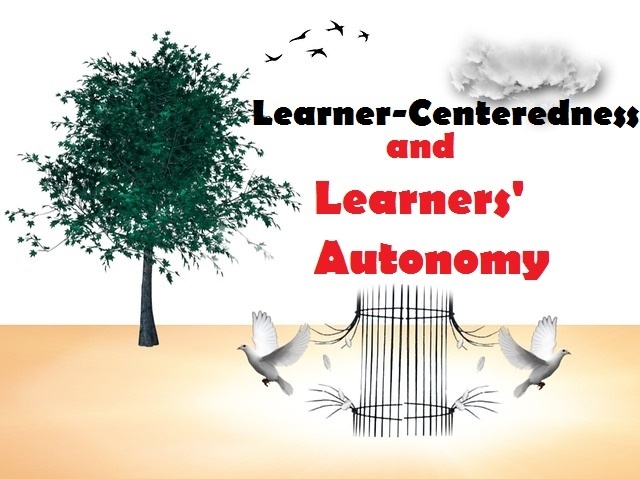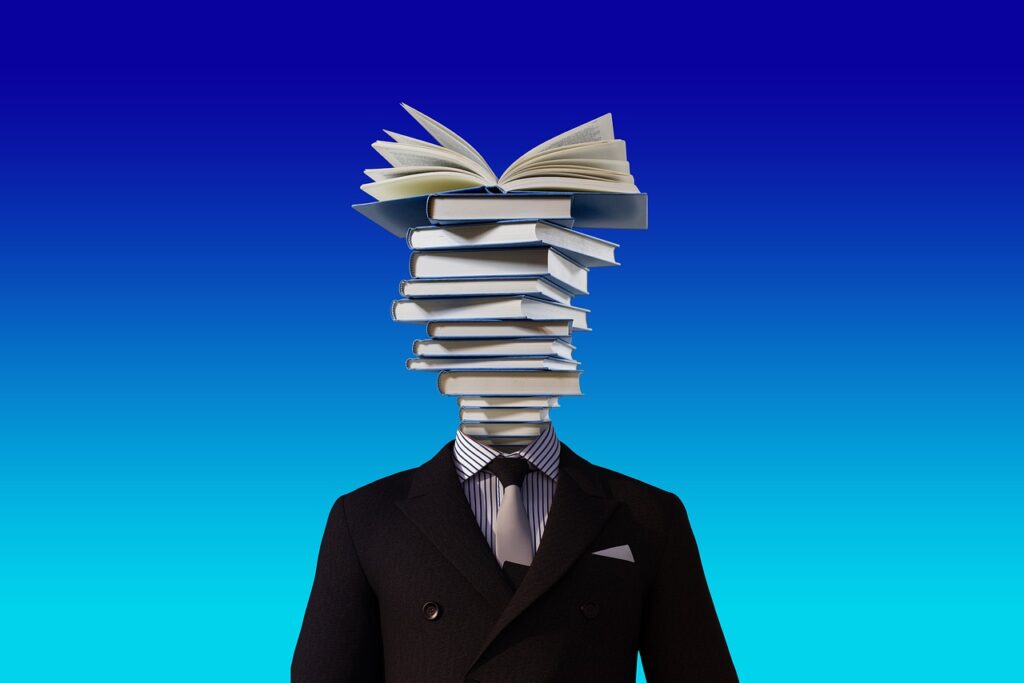Error Correction in classrooms
Recently, I shared an article about error correction strategies that teachers can use to improve their students’ learning. As you read, there are several techniques to correct errors in both fluency- and accuracy based activities. In this post, I will share with you some guiding principles and practical suggestions to effectively put error correction into classroom practice.
I think the most difficult part you will face as a teacher when implementing error correction in your class is to decide which strategy to use and when. This might take you a little time. But, you will definitely develop a better understanding of how to do it effectively. These are considerations to take into account and some suggestions to put error correction into work.
Consider the context:
Before you plan any systematic error correction, you need to consider the context where you teach. You need to know about their students. You probably need to ask these questions:
- What kind of students do I have?
- Are my students motivated?
- How many low achievers and high achievers do I have?
- What is the learning environment like?
- What is the school like?
As teachers, we know that students in the early stages of cognitive development and language learning need to be encouraged and scaffolded to produce meaningful language. As a result, excessive error correction or error correction strategies that require students to reflect on their language structures (grammatical and lexical) might not be appropriate.
I have experienced this in my first years. I was teaching in a socially disadvantaged milieu. There was a lack of parental involvement and guidance, students were de-motivated, the administration was losing control, and the most challenging part was that there was a large gap between high achievers and low achievers. I had many de-motivated learners in my class. It was so hard to teach, let alone to correct and to keep a record of that.
Become aware of your own practices:
If you want to improve your performance of implementing error correction techniques and if you want to find out more on how you address students’ errors, you can ask a colleague to observe you while focusing specifically on your feedback techniques. If it is hard for you, you can record yourself a number of sessions, and then you can reflect on them.
Practice a variety of strategies:
You definitely know that one size doesn’t fit all. English language learners may display different mistakes and errors and this requires you to use different techniques. So, try to experiment different as many strategies as possible to what works best for you and what doesn’t.
Focus on the purpose of the activity
If the purpose of the activity is accuracy-based, be careful about what your students say, you will have to correct their errors and mistakes to prevent fossilized mistakes. But, if the purpose of the activity is fluency-based, you want to give the learner more freedom to express themselves in a meaningful way.
Focus on the learner
It is important that you let the learner self-correct. As teachers, we often feel like we have to correct every single mistake on the spot before students have had enough time to process the information. If we allow some wait time and provides appropriate cues for the learner to self-correct and repair what they said, more often, they will come through.
If you like this post or you think there is a colleague who needs to know about this, please share.
Read more about error correction
Eight Practical Immediate Error Correction Strategies For EFL Teachers
Effective Error Correction in ESL & EFL Classrooms







